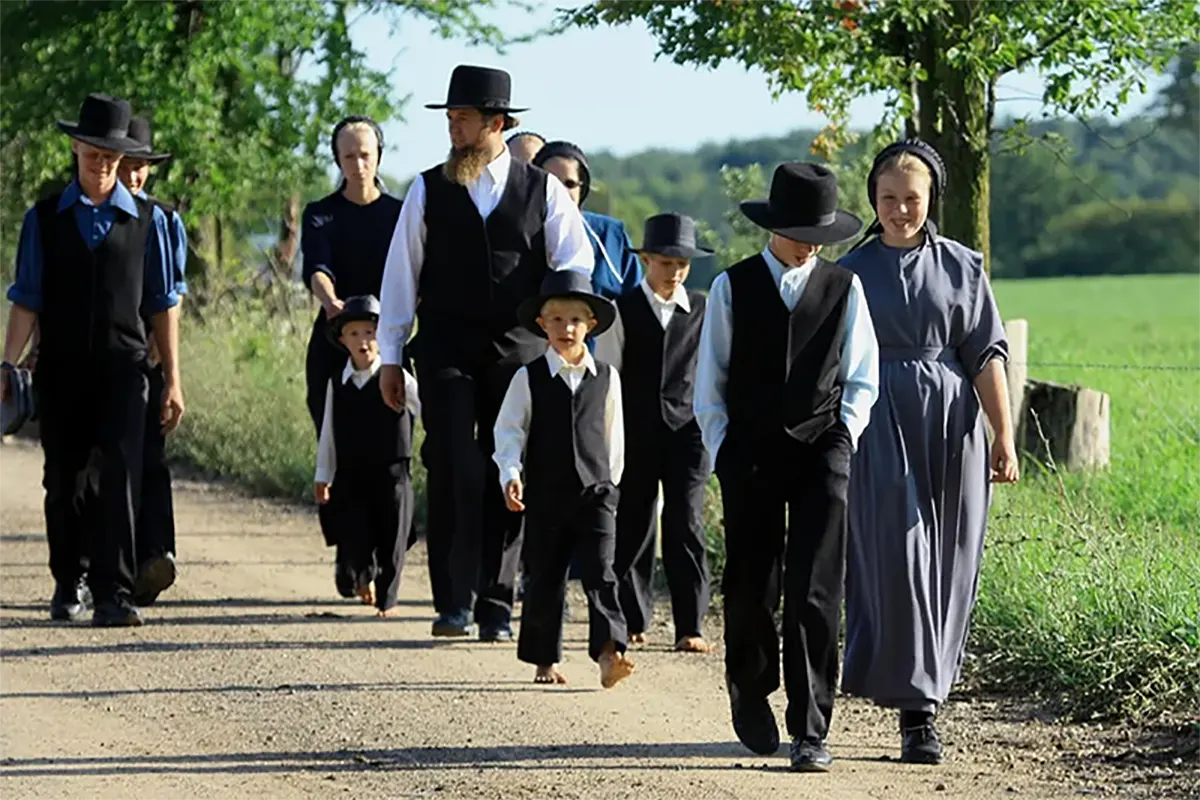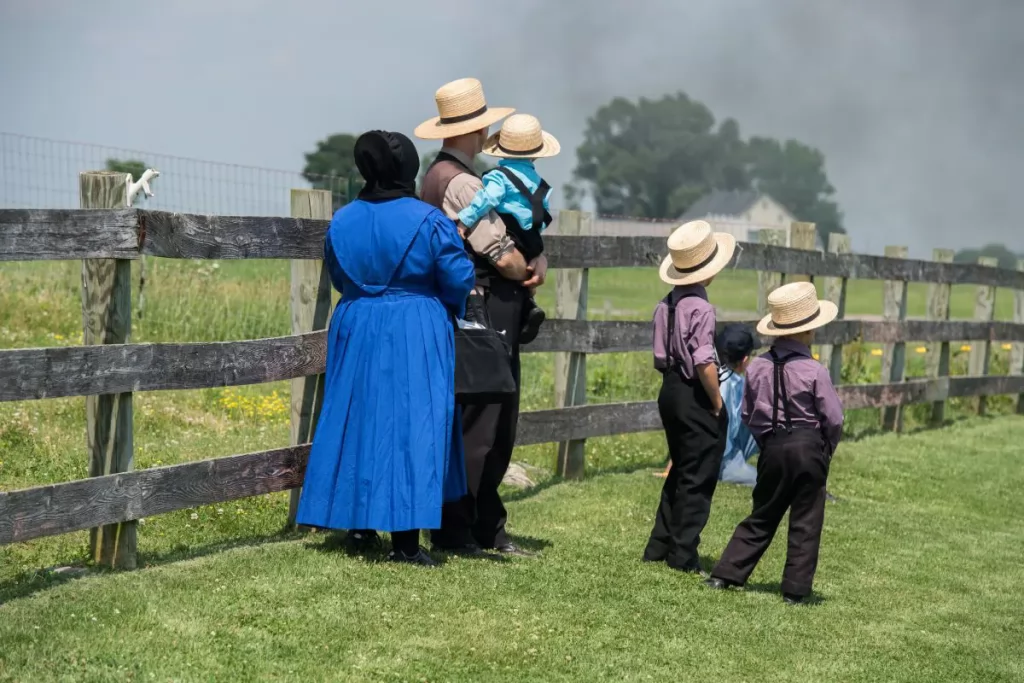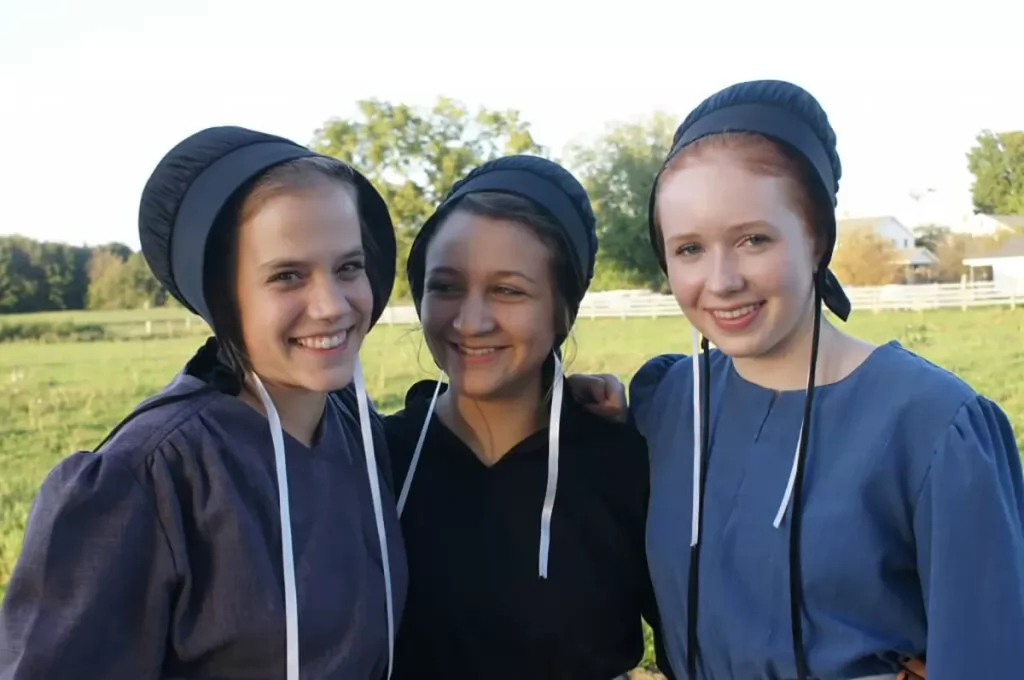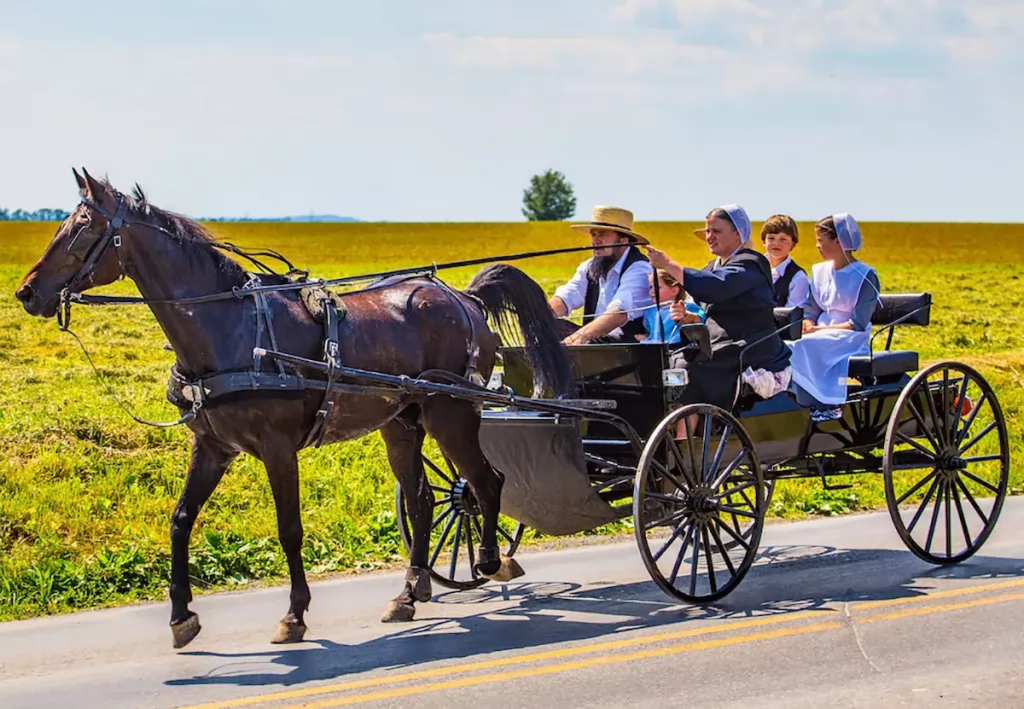Since nothing has changed since the day the Old Order Amish Community came to America in the mid-1700s, they’re still basically disconnected from conveniences like electricity, gadgets, modern medicine, etc. This makes a lot of people wonder if they get to live shorter or longer than the average American folks.
The average life expectancy for the Amish people was over 70 years while the average American was only 47 during the early 20th century. The Amish people still have a notable edge in late-life health quality with lower chances of serious illnesses that are very common for the rest of the world.
To know more about the Amish life expectancy and the factors that allow them to live longer, read on.
[table id=9 /]
What Is The Life Expectancy of the Amish?
Life expectancy refers to the number of years a person is expected to live. It varies with a person’s current age, sex, nationality, and where he lives. Of course, in real life, it is much more complicated than that.
Many have been taking an interest in the comparison between Americans and Amish when it comes to life expectancy and health span. They live in the same country and probably breathe the same air, so why is there a difference in the first place?
The average life span of Non-Amish people in America caught up through the years – from 47 years in 1900, 68 years in 1950, and 79 years in 2019. However, it fell to 77 in 2020 and 76 in 2021.
The Amish population, on the other hand, still has a better standing. The latest may also be over 70 years, but when the Americans were dying in their 40s during the early 20th century, the Amish people lived their best yet simple lives for over 70 years.
Why Do The Amish Live Longer?
As it turns out, only some things are solved with modern technology. Americans and other populations outside the Amish community have access to almost every health or medical benefits and modern medicine this current era offers. Yet, the Amish men still have a better average life expectancy. How do they do it?
The Amish Lifestyle
Farming is at the center of the work life of the Amish men. Since they don’t use technological devices such as agricultural machinery, they must do all the tillage, seeding, planting, cultivation, fertilization, harvesting, and more by hand. Manual labor is quite literal when it comes to them.
According to Time, the American College of Sports Medicine (ACSM) equipped Amish volunteers with pedometers in 2004. This experiment aimed to see how much physical activity they achieved every day.
The results were astonishing. The Amish men took more than 18,000 steps daily, and the Amish women made more than 14,000. Let’s compare it to non-Amish people who are encouraged by doctors to make at least 10,000 steps a day and fail.
As a result, only 4% of the Amish communities are obese compared with 36.5% of the general US population. According to CDC, obesity leads to heart disease, stroke, type 2 diabetes, and other forms of cancer.
While some of the Amish smoke cigars, most still choose to stay away from this habit. Since most people from Amish communities are non-smokers, they have a 63% lower rate of tobacco-related cancers, based on a 2004 study of the Amish population in Ohio.
The Amish people’s consistent physical activity and active lifestyle are the top reason behind their longer life spans.
The Amish Genetic Mutation
Thanks to the hunch of a cardiologist at Northwestern, Dr. Douglas Vaughan, who thinks that the Amish are blessed carriers of an “anti-aging gene” after a fellow doctor named Dr. Amy Shapiro discovered a young Amish girl with an unusual bleeding disorder.
The patient was not hemophiliac. When injured, she would bleed and stop. After a day or two, the bleeding would start again.
Because of this incident, a group of researchers from Northwestern Medicine in Chicago collected blood and urine samples from the Amish to test Vaughan’s theory in May 2015.
In a study released in November 2017 by Northwestern University researchers, they discovered a gene in an Amish community associated with an average life expectancy 10% longer than that of people without it. They call it a genetic mutation that protects against many elements of natural aging in humans.
The subjects, mainly from an Old Order Amish family living near Berne, Indiana, had 10% longer caps (telomeres) at the end of chromosomes that shrink over time and trigger the aging process. The longer the telomeres are, the longer the life is.
Serpine1, the gene mutation that produces Plasminogen activator inhibitor 1 (PAI-1), is known to slow down aging, improve insulin levels and blood pressure, prevent other forms of age-related illnesses, especially diabetes, enhance arterial flexibility, and lead to a longer life.
Scientists are unbelievably amazed that they started to conduct human trials on an experimental longevity drug. It hopefully creates the effect of the PAI-1 and provides strong protection against illnesses related to human aging.
In partnership with Tohoku University in Japan, Northwestern developed and tested an oral drug, TM5614, that inhibits the action of PAI-1. The drug has passed the first 2 phases and is now being given to patients with chronic myeloid leukemia, advanced melanoma, and other health problems alongside other treatments. It was even tested on Covid patients during the early stages of the pandemic in 2020.
It is important to note that only some Amish people carry Serpine1. At the time of this writing, it was only found in just one Amish community in Indiana.
The Amish Aging in Place
People of old age in the Amish communities are cared for at home by their family and relatives. While this may not always be possible for non-Amish families, the Amish always see that they devote their time and effort to giving their family members of old age the best care they can provide.
Aging in place boosts life fulfillment, good life quality, and self-esteem. These are the factors to remain satisfied, healthy, and comfortable in old age. Less stress, less cause of blood pressure shooting up. Brain health is one of the top priorities especially for older people because it all starts there.
A PLOS ONE study even states that aging in place offers the same longevity benefits as quitting smoking.
In addition, a senior who stays at home is free to keep his active lifestyle going. Physical activity is not restricted compared to when one is confined in an institution.
The Amish Diet: A Setback
Since the Amish are farmers and grow their food, many of us imagine that most of them are salad lovers. That’s quite the contrary.
The reality is that the Amish have no diet restrictions. They make bread and cereals from whole grains. Since they spend most of their daily lives doing manual labor, they are unconcerned about the amount of fat and calories in their diets.
The typical Amish food and diet consists of the following:
Breakfast:
- Bread
- Homemade cornmeal mush
- Eggs
- Sausages
- Cooked Cereals
- Casseroles
- Fruits
- Juices
Lunch or Dinner (the heaviest meal of the day):
- Bread
- Pasta
- Potato Dish
- Canned Vegetables
- Fried Meat
The Amish, having no televisions and influences from the outside world, celebrate everything with festive meals. They bond and socialize with families and other members of the community over big dinners.
There are even sightings of Amish folks in their buggies falling in line at the Burger King drive-thru in Lancaster County.
The Amish people stay healthy in many other ways; however, they have no restrictions on the Amish diet. Cardiovascular disease is one of the things that they don’t have the edge over.
Blood pressure and heart disease rates are higher in the Amish compared to non-Amish populations. Since they tend to avoid modern medicine, they would base their health-related decisions on their beliefs, church, beliefs, and any information gathered from their family and friends.
While an Amish man’s physical activity in working on a farm may burn the calories off, leading to weight loss, all the fat and salt can still negatively affect his health over time.
One study has shown that culturally appropriate education is needed for the growing population of The Old Order Amish to reduce the risks of cardiovascular disease.
Conclusion
While most factors that contribute to the Amish’s overall life expectancy are exclusive to them, like the genetic mutation that some of them are fortunate to have, we can’t deny that we can learn a lot from the others on the list.
As we look at the lifestyle differences between the Amish and the rest of the world, we can’t deny that most of us wouldn’t dare to be in their shoes, even just for a day.
While many of us wouldn’t live a day or two without the internet or at least the comfort of having electricity, adapting the concept behind the Amish lifestyle and choices may make a significant difference in our well-being.
Many doctors encourage us to live an active lifestyle or exercise for at least 30 minutes daily to battle the growing obesity problem worldwide. Unfortunately, not everyone can do it.
Being manual laborers, the Amish people can achieve more than the recommended steps a day without having any sports medicine, even before the sun sets. While they can’t avoid heart attacks and other cardiovascular disease issues because of their lack of diet restrictions, weight loss is never a problem for them.





